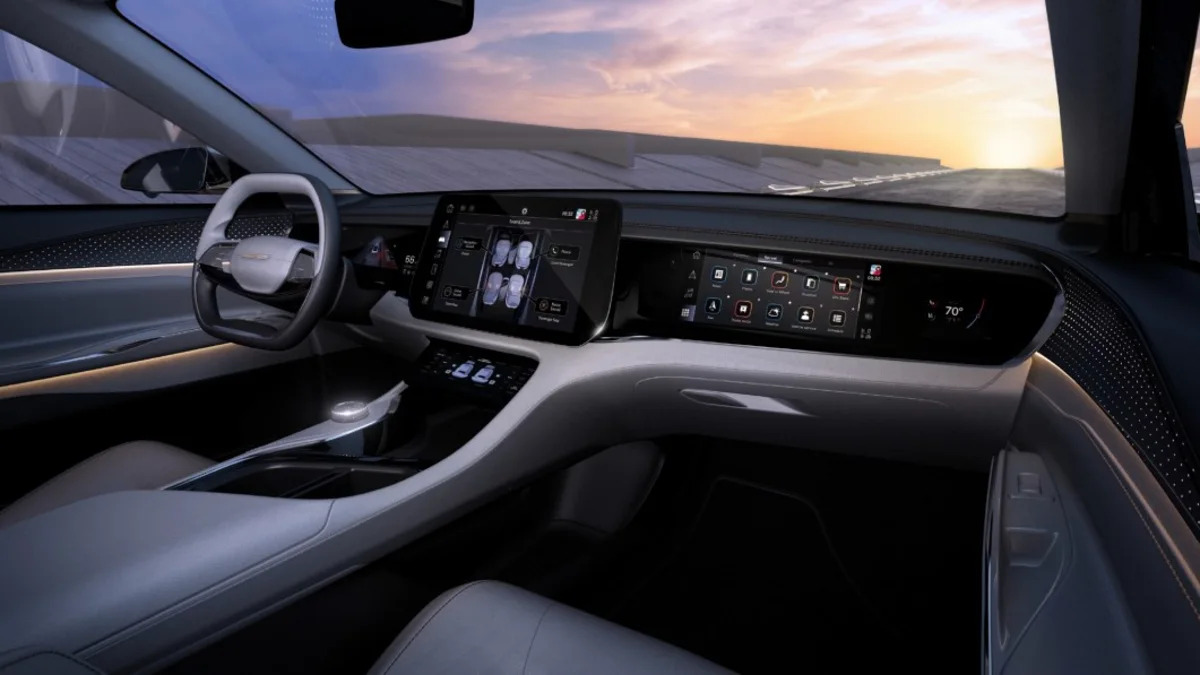Blackberry, champion of on-the-go email senders everywhere, is back. Well, sort of. The company no longer makes the iconic button-mashing smartphones, but its software division will power the development of future Stellantis tech features. The automaker announced its partnership with Blackberry and Amazon Web Services this week to capture the excitement around CES 2024.
In a true “meeting of the minds,” Blackberry’s software will run on the AWS cloud to simulate a vehicle’s cockpit. Stellantis said the tech completely recreates vehicles’ systems and controls, and using the cloud can significantly speed up the pace of development. Work that previously took several months can now be completed in as little as 24 hours in some cases. “Essentially, we’re able to get closer to our customers’ needs through this technology with faster development cycles, faster feedback loops, and quicker delivery of the technology they know and love,” said Yves Bonnefont, the automaker’s Chief Software Officer.
Stellantis has been working with Amazon on similar topics since early 2022. The automaker is almost done developing an all-new software framework designed to work with its electric vehicle platforms, so this new partnership is a timely announcement. Its “STLA Brain” is a cloud-integrated architecture that segregates hardware and software to allow for faster software updates without needing to wait for new hardware. The “STLA SmartCockpit” leans on the “Brain” to provide connected and AI-assisted services, including navigation, voice assistance, shopping, and more.
The SmartCockpit system is rolling out to millions of Stellantis vehicles this year, but there’s no word on when the Blackberry-powered simulator will be up and running. The former smartphone maker is eying a reincarnation with this technology called QNX Hypervisor. While Blackberry is working with Stellantis and Amazon using the systems, it’s also selling a white-label version that we could see pop up in other automakers’ tech programs.


Sign in to post
Please sign in to leave a comment.
Continue